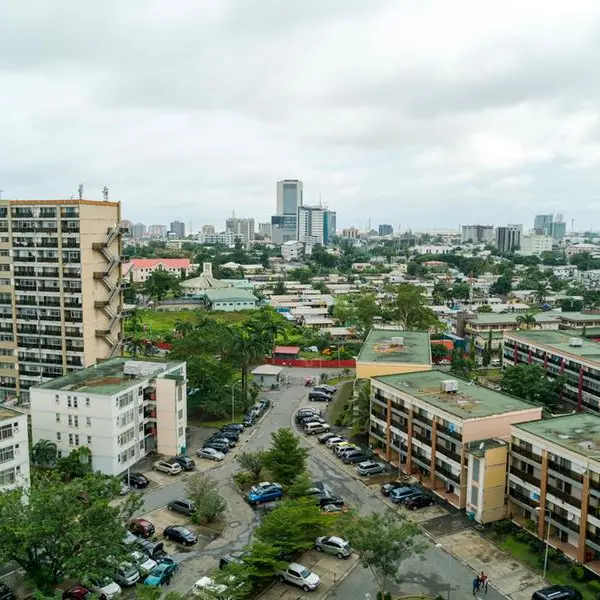PHOTO
Inflation in Tanzania dropped to 3.6 percent in June, from 4 percent in May, according to the central bank's latest report released on July 24.
The new rate is by far the lowest in the East African Community, a region whose economies are wracked by inflationary challenges blamed on unstable global commodity prices, the Ukraine war, drought and political crises in some countries, among other factors.
The Bank of Tanzania (BoT) said the decline was primarily due to "moderation in both food and non-food prices, in line with the overall decrease in consumer goods prices in the global market."Uganda's official inflation rate stood at 4.9 percent, Kenya's was 7.9 percent, and Rwanda’s 20.4 percent while Burundi's and Democratic Republic of Congo's rates stood at 28.9 percent and 26.67 percent respectively in May. South Sudan's official figure was 5.6 percent in June.
The BoT figure was also quoted by the National Bureau of Statistics (NBS), which said food and non-alcoholic beverages inflation dropped from 8.5 percent to 7.8 percent in June while the non-food inflation rate also decreased from 2.1 percent to 1.8 percent.
The annual core inflation rate, which excludes volatile items such as unprocessed food and energy, eased to 1.7 percent in June – the lowest since July 2018 – from 2 percent in the previous month, while core consumer prices dropped from 109.73 to 109.55 points.
The National Consumer Price Index went up 0.1 percent in June, from 0.2 percent in May, with a year-on-year increase in the overall index from 108.93 in June 2022 to 112.81 in 2023.
The NBS said the upward trend in June was due to price rises for non-food items, citing firewood (5.1 percent), corrective eyeglasses (1.8 percent), clothes and clothing materials, footwear, and tenant rentals. © Copyright 2022 Nation Media Group. All Rights Reserved. Provided by SyndiGate Media Inc. (Syndigate.info).























